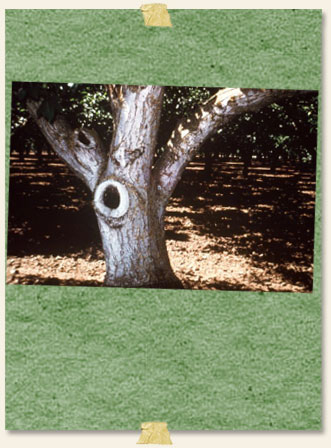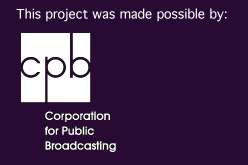| Entry Days |
|||||||||||||
| 35 | 33 & 32 | 31 & 30 | 28 & 26 | 25 & 23 | 22 | 20 | 19 & 15 | 12 | 10 | 8 | 6 & 5 | 3 & 2 | 1 |
CAUSE AND EFFECT
Kericho, Kenya
 |
I learned a lot from Dr. Pascual's critics. They say that climate change in places like Kericho isn't the real reason that malaria cases are on the increase. Changes in the area's geography, like planting more crops or destroying more trees – parasites becoming immune to medicines – all might contribute to rising mosquito populations and more cases of malaria. And, besides, these critics say they're not even sure the climate in Kericho is changing so much that it would affect insects like mosquitoes. I wish I could put this chart in those critics' hands right now. I got a copy of it during the conference in Mombasa. And the math seems pretty straight to me. |
ABOUT ME
My name's Lindy and I'm glad you stopped by. I'm a junior in college, visiting
Kenya this mini-mester to try to get a handle on a question I've had for some
time. Everyone always talks about climate change and what's happening to our planet.
But what I want to see is some solid scientific proof. And I think I've found it.
More
LINKS
Check out these web sites to find out more about malaria, climate change, and the connection between the two.
Malaria Foundation International.
Their mission is to help find solutions to the health, economic, and social problems
that malaria causes.
Center for Disease Control.
This page about malaria has tons
of news reports and information on this deadly disease.
Environmental Protection Agency.
The EPA's super site on climate change can help you find out all kinds of
information about this global problem.
NOAA Climate Watch.
NOAA's "one-stop shopping"
site for all kinds of information about climate. Be sure to check out their global
climate dashboard on the front page!
U.S. Global Change Research Program.
An across-the-board
look at regions of the U.S. and whatís happening to their climates and the animals
and plants that live there.







